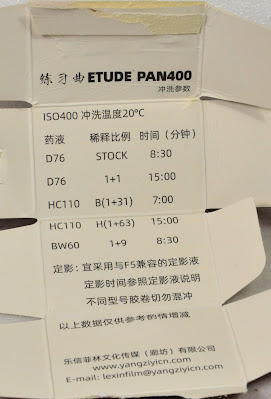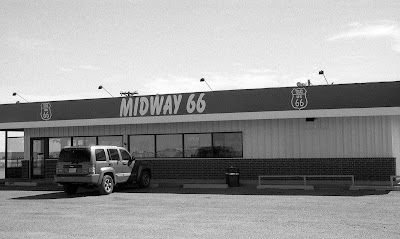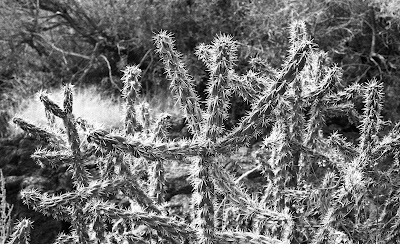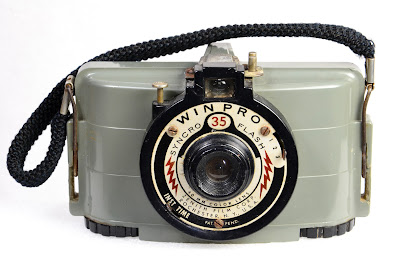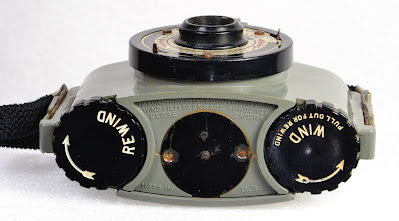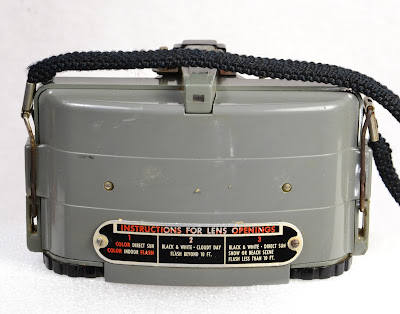As you can tell from many of my previous posts, I like to try out different films. Last September, I received a package from Cameractive, an online store based in China. Aside from the two light meters inside, which I have already reviewed, were two packages of black and white 35mm film - Etude Pan 400. Now this was something that I'd not heard of before, and with my searching online, I found it's a brand sold mostly in China. Still, what the heck is it? A bit more sleuthing, and it's most likely repackaged Ilford Pan 400 - another film that I have not tried. It turns out that Ilford only sells the Ilford Pan 400 - considered to be a "consumer" film, to markets in Asia and Europe, and it's regarded as a film for photo classes, etc. Given that there ARE films that fit that criteria in the USA - such as the Arista brand, it seems a bit odd that Ilford does not market Ilford Pan 400 here in the US. Is it the same as the Kentmere Pan 400 (aka Ultrafine Extreme 400)?
Based upon the times for developing, it's definitely not Kentmere Pan 400!
Anyhow, I shot a roll of the Etude Pan 400 with my Nikon FM3a back in October during my trip to Arizona. I developed it in Kodak's HC110B for 7 min. Based on my results, I feel that it's certainly not the same film as Kentmere 400, as it has a lot more grain. I'd rate the Ilford Pan/Etude Pan 400 as being somewhat similar to Fomapan 400.
With so many boutique films being sold these days, it's often difficult to attribute any given brand to the actual film stock. I can say that the Etude Pan 400 is certainly a different emulsion than other Ilford/Kentmere brands that I have tried - perhaps a bit more like Kodak's Tri-X. I have one more roll to shoot, and I'll try a different developer just to see if it still has as much grain. Overall, I would certainly not hesitate to shoot with it, but as with any film, you may find that you like it better than some other emulsion -- or not! Since you won't find it for sale in North America, your best best is to find it on eBay, where the seller will likely be from China.


